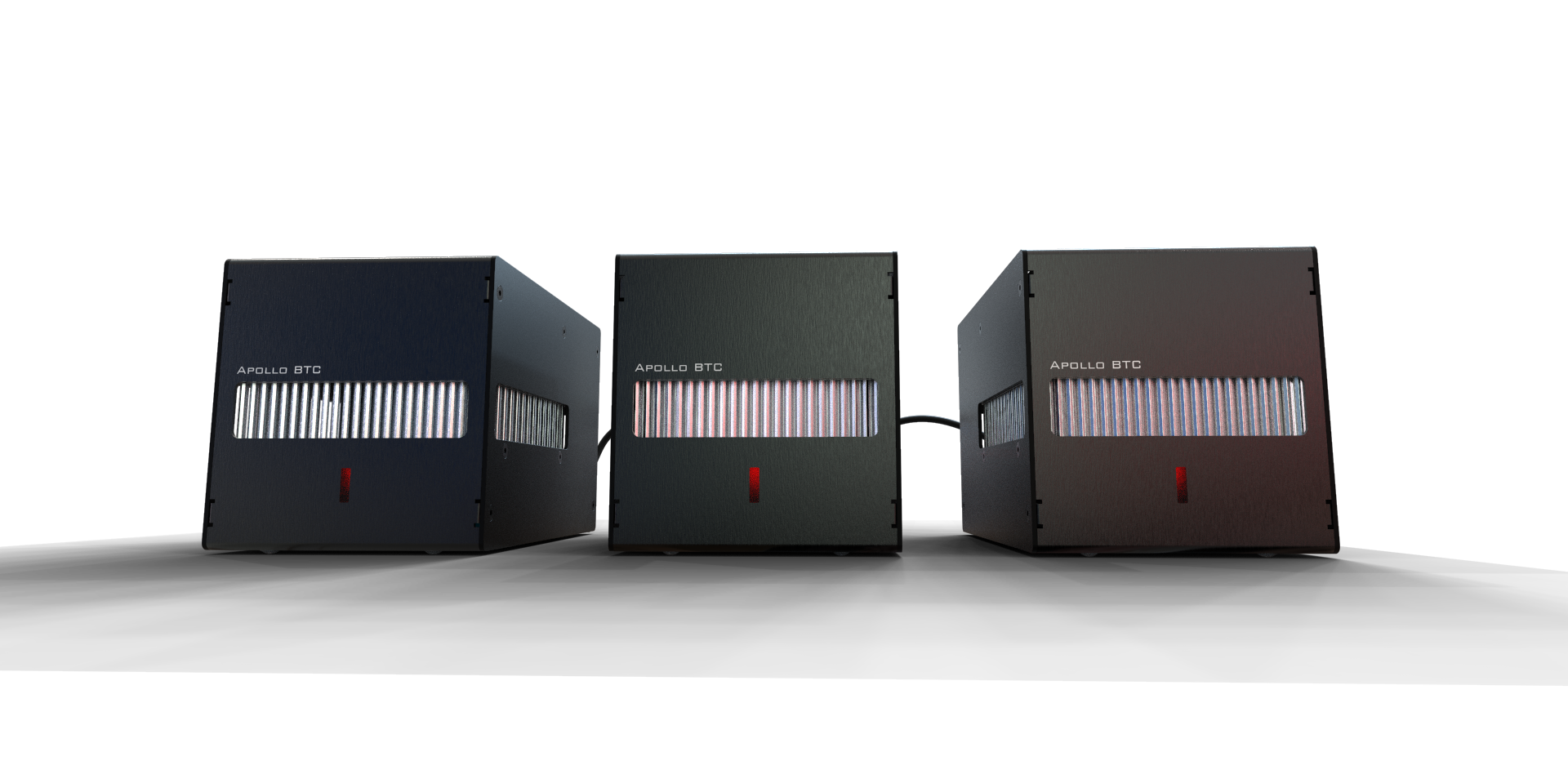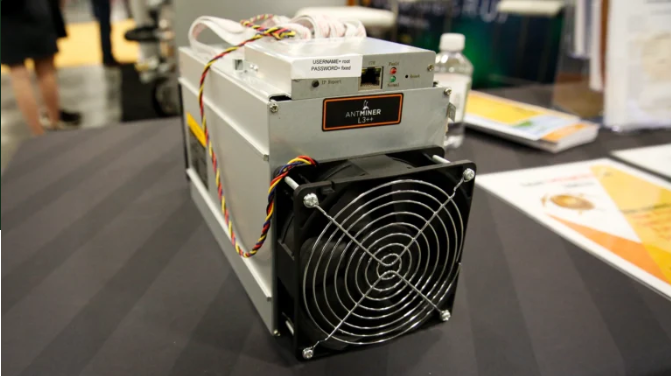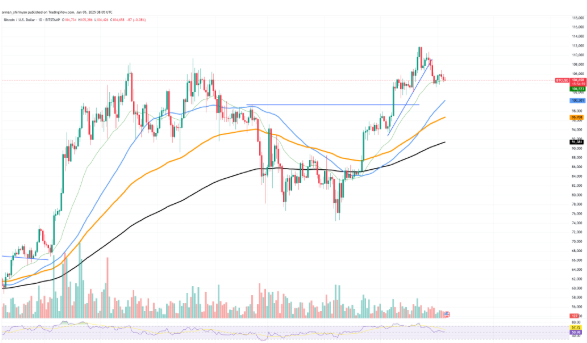
Solo Bitcoin Mining: Chasing the Digital Lottery
Bitcoin mining has always carried a certain mystique—an image of powerful computers grinding away in darkened rooms, chasing after digital treasure. But in a world dominated by massive mining farms and industrial-scale operations, is there still a place for the solo miner? And what are the real odds of “winning the lottery” by finding a block on your own?
What Is Solo Mining?
Solo mining is the process of mining Bitcoin independently, without joining a mining pool. Instead of contributing your hashing power to a group effort (and receiving a share of any rewards), you’re flying solo—aiming to find and verify an entire block all by yourself. If you succeed, the entire block reward—currently 6.25 BTC plus transaction fees—is yours.

Sounds great, right? But here's the catch: the chances of winning are extremely low.
Why It’s Like Playing the Lottery
Bitcoin’s network difficulty adjusts roughly every two weeks to ensure a new block is mined approximately every 10 minutes. With the current difficulty level, the total network hash rate is astronomically high—measured in exahashes per second (EH/s). Unless you're contributing a significant portion of that hash rate, your chances of finding a block are almost like trying to win Powerball.
For example:
- Let’s say you’re running an Antminer S19 XP, one of the most efficient commercial miners available, at 140 TH/s (terahashes per second).
- If the network hash rate is 500 EH/s, your miner contributes 0.000000028% of the total hashing power.
Using those odds, your chance of mining a block in any given 10-minute interval is about 1 in 3.57 million. You might mine for years without finding a single block—or you might strike gold next week. Just like a lottery.
The Cost of a Ticket
Mining solo isn’t free. You’re paying for:
- Electricity (which can be hundreds of dollars per month)
- Mining hardware (thousands of dollars upfront)
- Cooling and maintenance
- And most importantly—opportunity cost (what you could’ve earned joining a mining pool)
In contrast, mining pools combine the hash rate of thousands of miners. The rewards are smaller and distributed proportionally, but they’re regular and predictable. It’s the difference between a steady paycheck and playing the jackpot.
Why Do People Still Solo Mine?
Despite the odds, some people choose solo mining for a few reasons:
- Philosophical reasons: Staying decentralized and not relying on third parties
- Privacy: No need to trust or share earnings with a pool
- Hope: That slim chance of hitting the jackpot and walking away with 6.25+ BTC (plus fees)
There are also solo mining pools—a hybrid model where miners mine on their own address but use shared infrastructure to reduce variance.
Has Anyone Actually Won?
Yes, solo miners do occasionally strike it rich. In January 2022, a solo miner with only 126 TH/s (a single machine!) found a block and earned over $265,000 at the time. It made headlines—and inspired many others to try their luck.

But remember: these are the rare winners. For every solo mining success story, there are thousands of silent rigs running endlessly with no reward.
Final Thoughts: Should You Try It?
If you’re mining for fun, or to support Bitcoin’s decentralization, solo mining might be a rewarding hobby. But if you’re looking for a return on investment or consistent income, a mining pool or alternative crypto venture might be the more rational path.
Still, that elusive block reward—the digital lottery ticket—continues to tempt miners around the world. In the end, it’s all about your risk tolerance, goals, and maybe a little bit of luck.

%402x%20(1).svg)
%402x.svg)
%402x.svg)


%402x%20(dark).svg)
%402x%20(dark).svg)
%402x.svg)
%402x.svg)
%402x.svg)